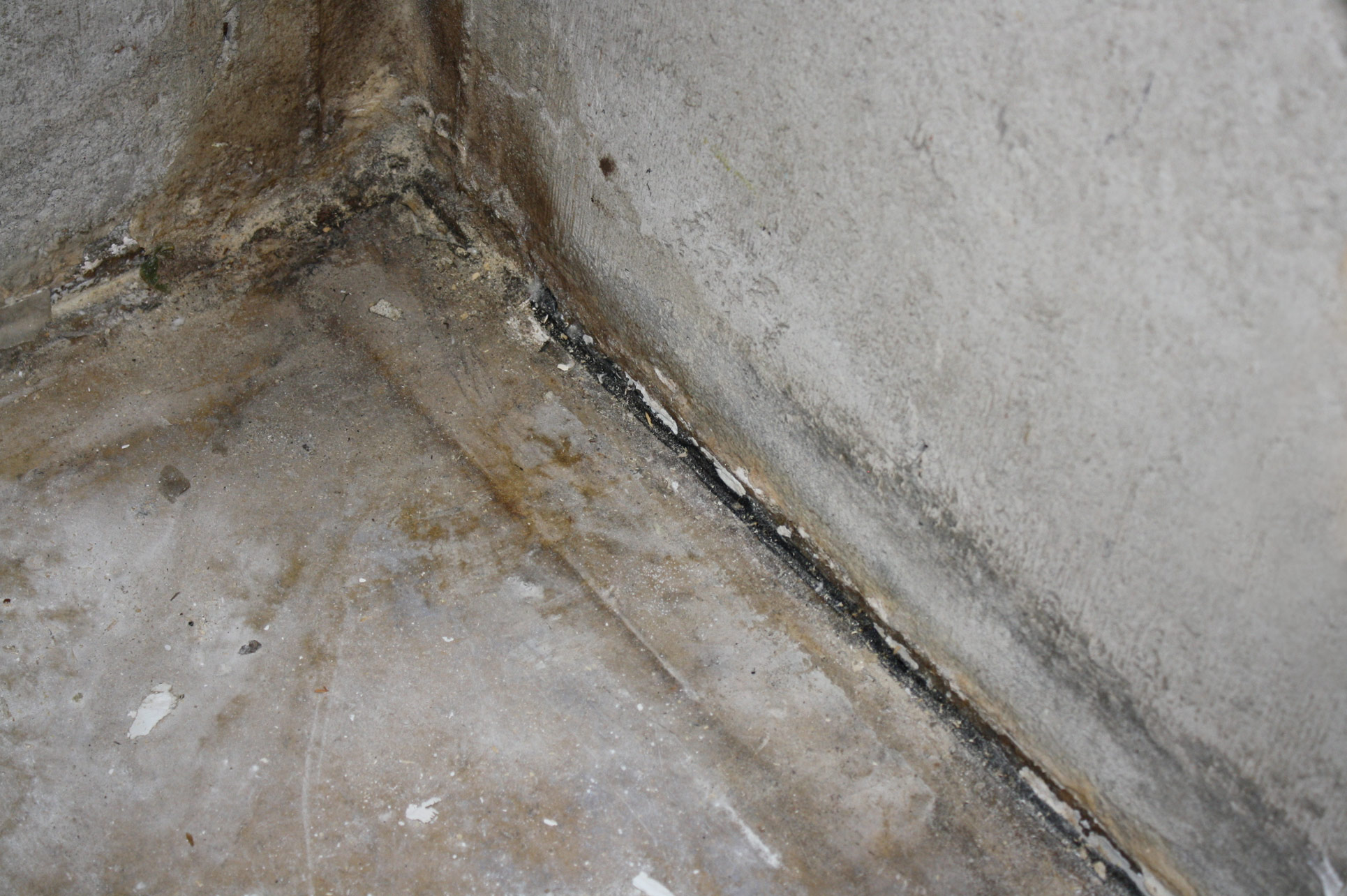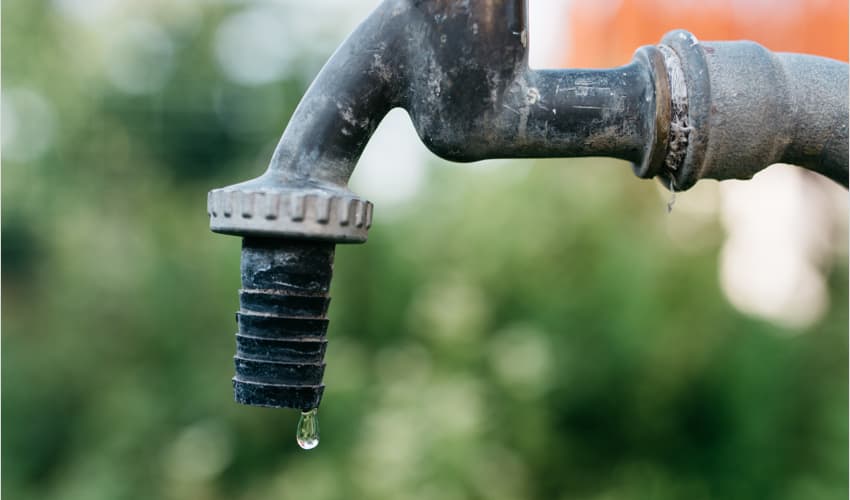The Residential Principal Typical Factors of Water Leaks: In-Depth Analysis
The Residential Principal Typical Factors of Water Leaks: In-Depth Analysis
Blog Article
Every person is bound to have their own individual idea with regards to How to Find Water Leaks.

Leaks not only trigger waste of water yet can likewise trigger unneeded damages to your home as well as promote undesirable natural development. By understanding and looking for daily scenarios that create leakages, you can shield your residence from future leakages and also unneeded damage.
Intruding roots
Many water leaks begin outside your house rather than inside it. If you discover an unexpected decline in water stress, say in your faucet, take time to go out as well as analyze your yard. You may notice damp spots or sinkholes in your backyard, and that could indicate that tree roots are attacking water lines causing water to permeate out. You can have your plumber check for breach, especially if you have trees or hedges near your residential property.
Corroded water supply
As time goes by, your plumbing system ages and corrosion such as rust might start gnawing the pipelines. This could be the cause of discoloration or warping on your pipes. This requires an assessment with your plumber right away. Take into consideration replacing the pipes since they are at a greater risk of deterioration than the more recent models if our plumbing system is old.
Defective Pipe Joints
Pipeline joints can wear away over time, resulting in water leaks. If you have noisy pipelines that make ticking or banging noises, especially when the warm water is turned on, your pipeline joints are possibly under a lot of pressure.
Instantaneous temperature adjustments.
Extreme temperature level changes in our pipes can trigger them to expand and also acquire unexpectedly. This expansion and also contraction might trigger cracks in the pipelines, especially if the temperature level are below freezing. If you maintained an eye on exactly how your plumbing works, it would be best. The visibility of the previously pointed out circumstances often shows a high risk.
Poor Water Connectors
At times, a leak can be caused by loose tubes as well as pipelines that supply your home appliances. In instance of a water connections leak, you may see water running directly from the supply line or puddles around your home appliances.
Blocked Drains
Obstructed drains may be irritating and also inconveniencing, but they can occasionally wind up causing an overflow resulting in rupture pipes. Maintain removing any materials that might drop your drains that might obstruct them to stay clear of such aggravations.
All the above are root causes of leakages yet not all water leakages arise from plumbing leaks; some leakages may come from roof leakages. All leaks need to be repaired instantly to stay clear of water damage.
Leakages not only trigger waste of water but can likewise cause unnecessary damages to your home as well as advertise unwanted natural development. By looking and also understanding for daily situations that cause leaks, you can shield your home from future leaks as well as unneeded damages. Today, we will certainly look at 6 leakage causes that may be causing your pipelines to drip.
At times, a leak can be triggered by loosened hoses and pipelines that supply your devices. In instance of a water connections leakage, you might notice water running straight from the supply line or pools around your home appliances.
Tell-Tale Signs of a Water Leak
The Sound of Running Water
If you’re hearing water running, your first step should be to check your faucets, toilet valves, and outdoor spigots. If everything if status quo, take an exact reading of your water meter and don’t use the water for a few hours. Then, take another meter reading. If there has been no change, that means water is not running (and maybe it’s time to have your hearing checked!). If the reading has changed, however, this indicates that water is indeed flowing and you most likely have a leak.
Wet or Damp Floors
You’re walking across your carpet and suddenly squish—your sock is soaked! The dog doesn’t look guilty and your child swears they didn’t spill anything. That means you’re likely looking at sewer leakage. Now, it’s easy to just soak it up with a towel and call it a day; however, this won’t stop the leak. Ignoring the problem allows moisture to build up, ultimately causing mold or mildew. Not only is this smelly, it can be very toxic and harmful to children, the elderly, pets, and those with weak immune systems. Don’t risk the health of your home and your family—call in a professional to take care of the problem.
Foul Odors
If there’s an unpleasant smell in your home and you can’t locate the source, don’t just light a candle or spray some Febreze. Funky smells are often due to mold and mildew, which spread fast under ideal conditions (optimal temperature and level of humidity). Growth begins within about 24-48 hours, and spores start to colonize in 3-12 days, becoming visible to the eye within about 18 days. If you think the odor is leak-related, get a plumber out as soon as possible to mitigate damage from rapid fungi growth (and rid your home of the foul odor).
Overgrowth in the Lawn
Unless you didn’t fertilize your lawn evenly, a lush patch of grass in a select area of your lawn, or concentrated wet spots, indicate pipe leakage which is acting as a fertilizer. Left untreated, hazardous bacteria in the underground waste will quickly turn into a messy situation, going from lush growth to lawn destruction.
Wall Cracks
Over time, even the littlest of leaks can cause cracks in the foundation of your home and compromise the entire structure. How does it happen? The leak continues hammering away at the same spot in the ground beneath your home, eventually causing it to shift slightly. Now, you’d never feel this shift, but your walls will. This can be a very dangerous situation, so if you’re seeing vertical or diagonal cracking in your walls it’s best to call a plumber right away.
https://www.expresssewer.com/blog/6-telltale-signs-of-a-water-leak-in-your-home

Hopefully you liked our part about How to Find Water Leaks. Many thanks for finding the time to browse our short article. Please set aside a second to distribute this entry if you enjoyed reading it. Thank-you for going through it.
Address plumbing needs. Report this page